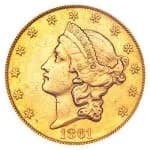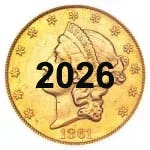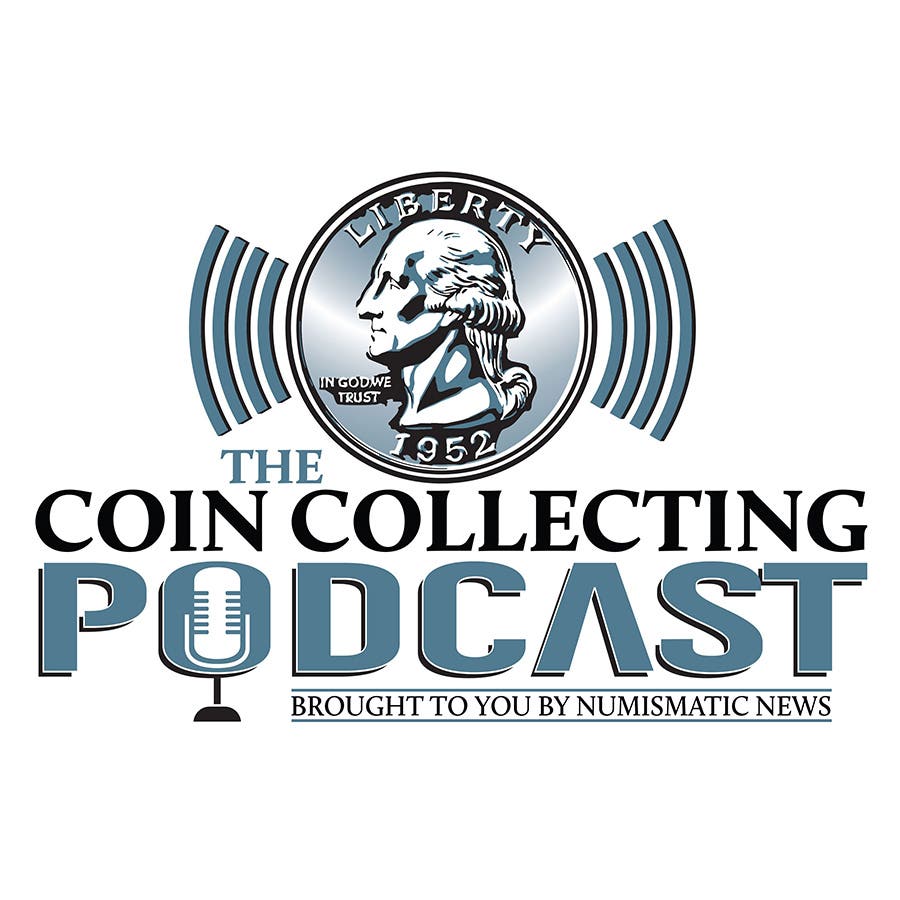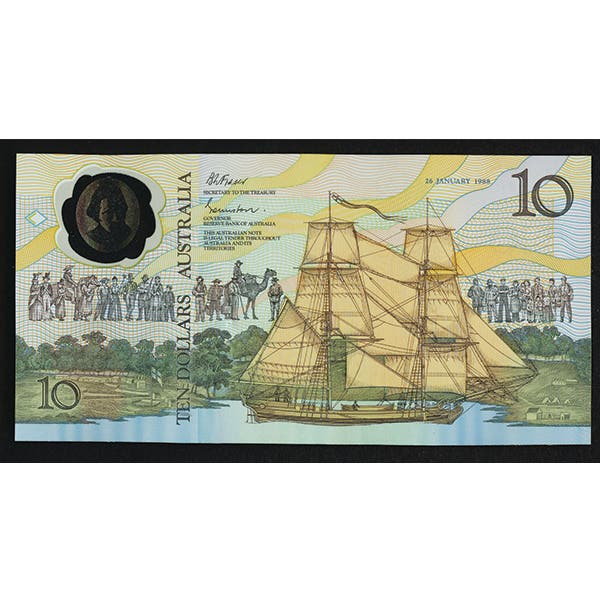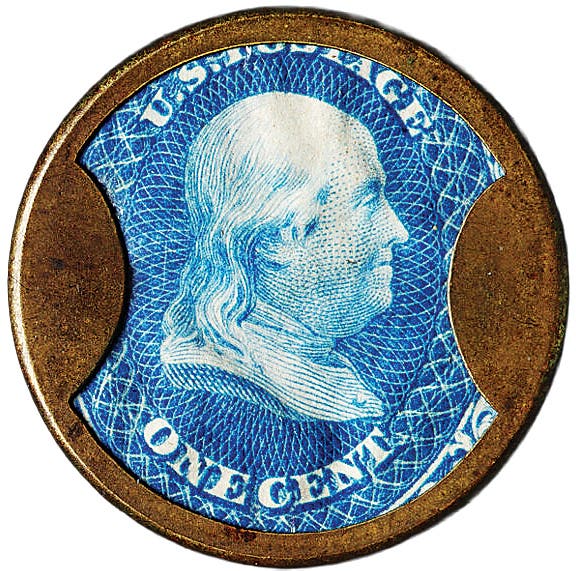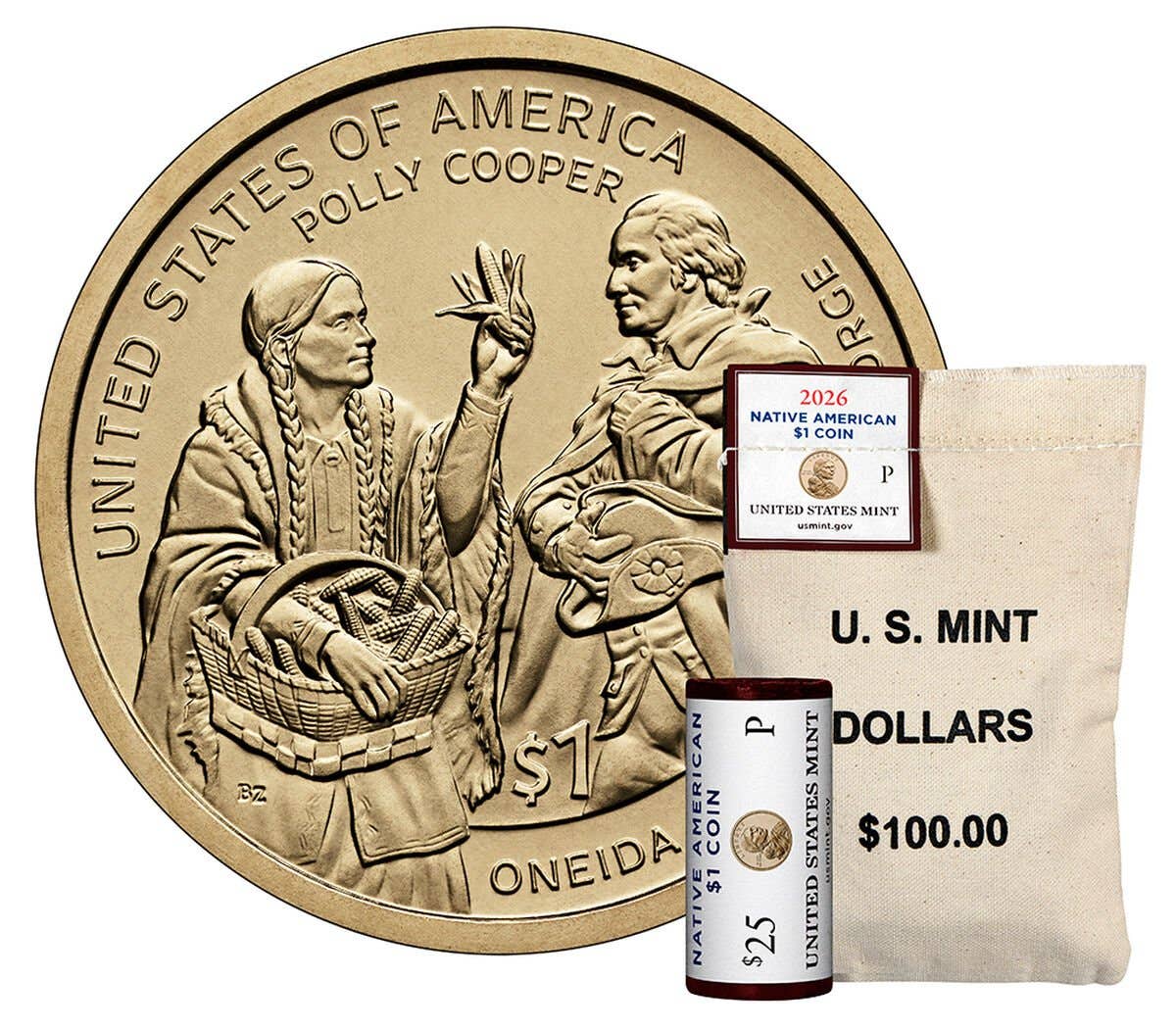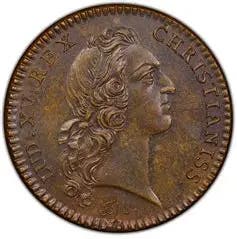Inventorying Your Collection
Winter storms may keep you indoors, but it’s the perfect time to take stock of your collection. Whether you’re organizing coins, updating records, or starting from scratch, a well-maintained inventory can save time—and even money—down the road.
As I write this, we’re in the midst of a local winter storm, the yard covered with snow and the streets icy. If you live in the northern part of the country, you may be thinking that what I’m experiencing is nothing new. But if you live in Mississippi, it is something new.
I found a lengthy thread on CoinTalk (CT) titled “Starting Some Serious Inventory” that addresses what one collector is doing with his winter downtime. He wrote, “I decided to start some inventory today. Too cold to play golf or fix fences.”
In response to the original poster (OP), another collector wrote, “Forget the inventory; I just need to downsize some of my collection.”
OP wrote, “Me too, and this is a start. I am giving my stuff to my kids, grandkids, and great-grandkids as birthday and Christmas gifts.”
“Good idea,” wrote another respondent. “Where did you get the checklist form?” At this point, the OP hadn’t mentioned a checklist or checklists, but he had a good answer to the question. “Collector Checklists from Liberty Coin. They have checklists for almost every coin. Free to print.”
I went to Liberty Coin Service online and printed out a couple of the checklists that I would find useful in upgrading a couple of my collections. To give you an example of the checklists, here’s what I found on the list for Standing Liberty Quarters. The collection has three types, which are not always listed in this fashion. Type I is described as Bare Breast, Type II as Chain Mail Added, Raised Date, and Type III as Recessed Date. For each date, you can record the Grade, Purchase Date, and Price of the coins in your collection. These checklists would be very useful for someone inventorying a collection.
Another collector mentioned that he has “. . . a growing collection of unopened shipping packages, full of coins, that still need to be inventoried.”
At this point, my response is, how does he even know what’s in the packages? I can’t imagine not opening packages containing orders placed online. How could you be sure that what’s in the package is what you ordered and that the seller didn’t rip you off?
Another respondent commented to the collector with the unopened boxes, “You also have a massive amount of self-control . . . or else you’re nuts. I’m going with self-control.”
“No doubt,” Unopened Boxes wrote. “I simply throw them in the safe and forget about them. I do admit I am getting more leery of buying anything with a box anymore, since it’s much bulkier to store. I actually turned down an offer of some decent [ancient coins] because they were slabbed and in a display box. Nice set, but far too bulky for me to . . . deal with, but I would feel guilty throwing [the display box] away.”
A new respondent offered some words of wisdom: “I made that decision [to inventory] some time ago. It is painful to get it all done but so rewarding when you do. You will probably change how you do it several times before you finish. Just speaking from experience.”
A new respondent admitted that inventorying his collection was still on his list of things to do. “Today, I started cleaning up my office so I can start inventorying, also. Got quite a bit of junk to get rid of [Who doesn’t?] before I can have enough space to actually work [with my collection].”
Another respondent wrote, “I use software to keep track of everything, but I let myself get several years behind. Big mistake. It took several months for me to catch up. I won’t let that happen again.”
Another collector wrote, “Inventory?? Oh [heck] no. My inventory list consists of my registered/slabbed coins and albums. Coin by coin inventory would take me years to even attempt.” I can identify with this comment, as I have a lot of coins (junk silver, for example) that are not worth inventorying coin by coin.
Next, there was a collector who uses Excel for his inventory. “Took me about six months to log it all. I don’t know yet if I will start adding pictures. . .. I pretty much did this so there will be a time that my son would know what he inherited. Or I can sell it all myself and buy a nice dinner.”
OP wrote, “I will not do an inventory of ALL my coins. I do plan on my sets and commemoratives. The ASE is finished.”
Another respondent keeps up with new coins, but not everything. “I won’t ever inventory all of mine either. Some of the coins I inherited 50+ years ago just aren’t worth the effort. . .. I buy so few new coins that I photograph each one upon arrival and put the images and invoice into a separate folder under ‘coins’ on my laptop and backup drive.”
Another poster explained why you should have an inventory. “Knowing exactly what you have and being able to look up information and cross reference is vital to the way that I enjoy the hobby. And having this inventory system makes posting about your coins or sharing photos so much easier.” [He uses Excel and updates it with each new purchase. He also gave some examples of the usefulness of his inventory method.]
“Even if you didn’t care about all that, it’d be nice for insurance purposes to have an actual list of what you own. I doubt many people could, from memory, create an inventory of all their coins that were lost in a fire, for instance, or that were stolen in a robbery.”
As an example of what can happen to a collector who hasn’t kept an inventory, Unopened Boxes wrote, “. . . sometimes you just get busy. I usually open [the box] up, but many times nowadays, I do not have time to attribute group lots. I am getting lazy and just putting the whole bag into a box and into the SDB [safe deposit box] . . .. I tell myself I will sort and attribute when I am retired, but I literally have thousands of such coins like this now. Not sure if I ever will.”
From my experience of being retired, Unopened Boxes will never get around to attributing his current coins, much less the ones he’ll buy before retirement.
After that, insurance for coin collections and the complete inadequacy of homeowners’ policies were discussed. Hugh Wood Inc. was recommended for coin insurance.
I was surprised that no one mentioned the inventorying method I use, Heritage Auctions. On their site, you can inventory various collectibles, such as jewelry, movie posters, art and antiques, comics, coins and currency. There’s no charge for this, but you have to register on the site.
Also, I was surprised at how many more coins the CT responders have than I have. Although I’ve been collecting off and on (mostly on) for more than 70 years, I’ve sold many coins over the years rather than just holding onto the coins I acquired. I have the impression that this is not the case for many CT collectors.
Bottom line: If you don’t have an inventory of your collection, start working on it today. Once you get started, you’ll probably enjoy the process. Happy Inventorying!
You may also like:

